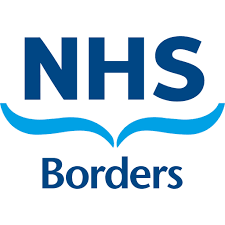Chlamydia infection in Men
At least 85% of men with urethral chlamydia infection are symptomless. The others have the symptoms or urethritis (see section on Urethritis in Men). Symptomatic men usually develop signs of infection within seven to 28 days of intercourse with an infected partner. Rectal infection with the oculogenital genotypes of C. trachomatis is usually symptomless; infection with lymphogranuloma venereum (LGV) genotypes is almost always associated with severe anorectal symptoms including discharge, bleeding and tenesmus (Section 12).
In MSM with severe anorectal symptoms, request LGV typing on the laboratory form. The sample sent for chlamydia testing is sufficient – no additional sample required.
Diagnosis: A positive chlamydia NAAT results from a urine, urethral or rectal sample
Chlamydia infection in Women
Uncomplicated chlamydial infection is symptomless in about 80% of women, the others may have symptoms:
- Increased vaginal discharge (resulting from cervicitis).
- Post-coital bleeding
- Intermenstrual/breakthrough bleeding
- Deep dyspareunia.
- Lower abdominal or pelvic pain.
- Rectal symptoms as in MSM. LGV infection is almost unheard of in women.
Diagnosis: A positive chlamydia NAAT result from a vulvovaginal, cervical, urethral or rectal sample. The genital sample of choice in women is a vulvovaginal swab. See Chapter 1 for routine samples.
In Both Men and Women
- Conjunctivitis resulting from auto-inoculation of infected genital secretions may occur. The diagnosis is made by gently scraping the lower fornices of the conjunctival sac and sending for Chlamydia NAAT (request Chlamydia: Eye on NaSH).
- Reactive arthritis. Ask for senior GUM review.

